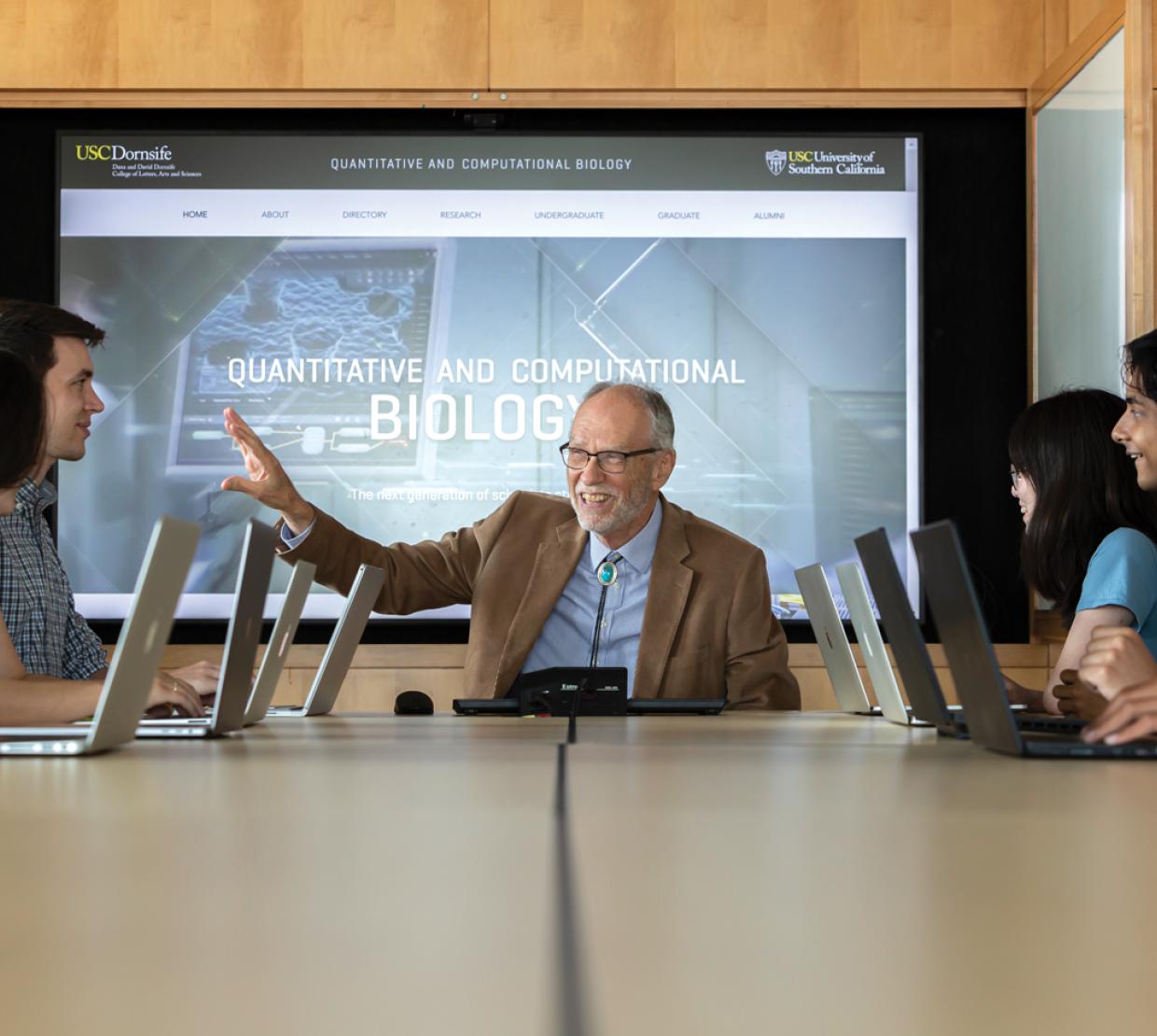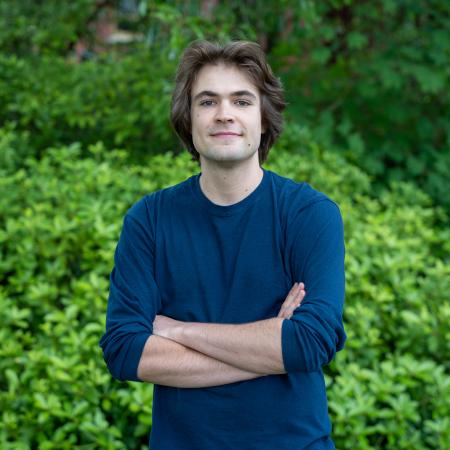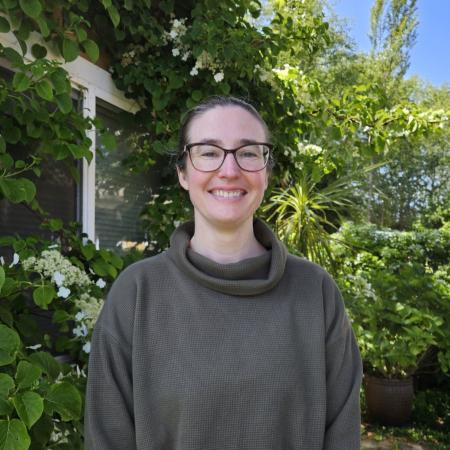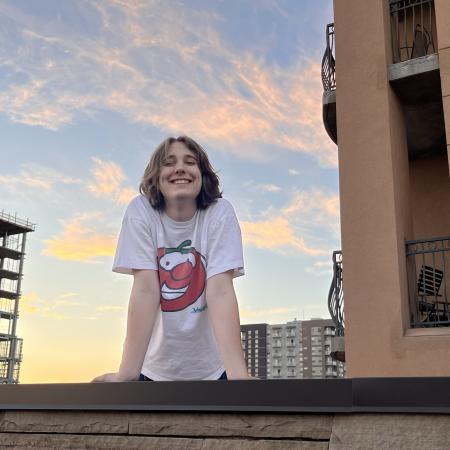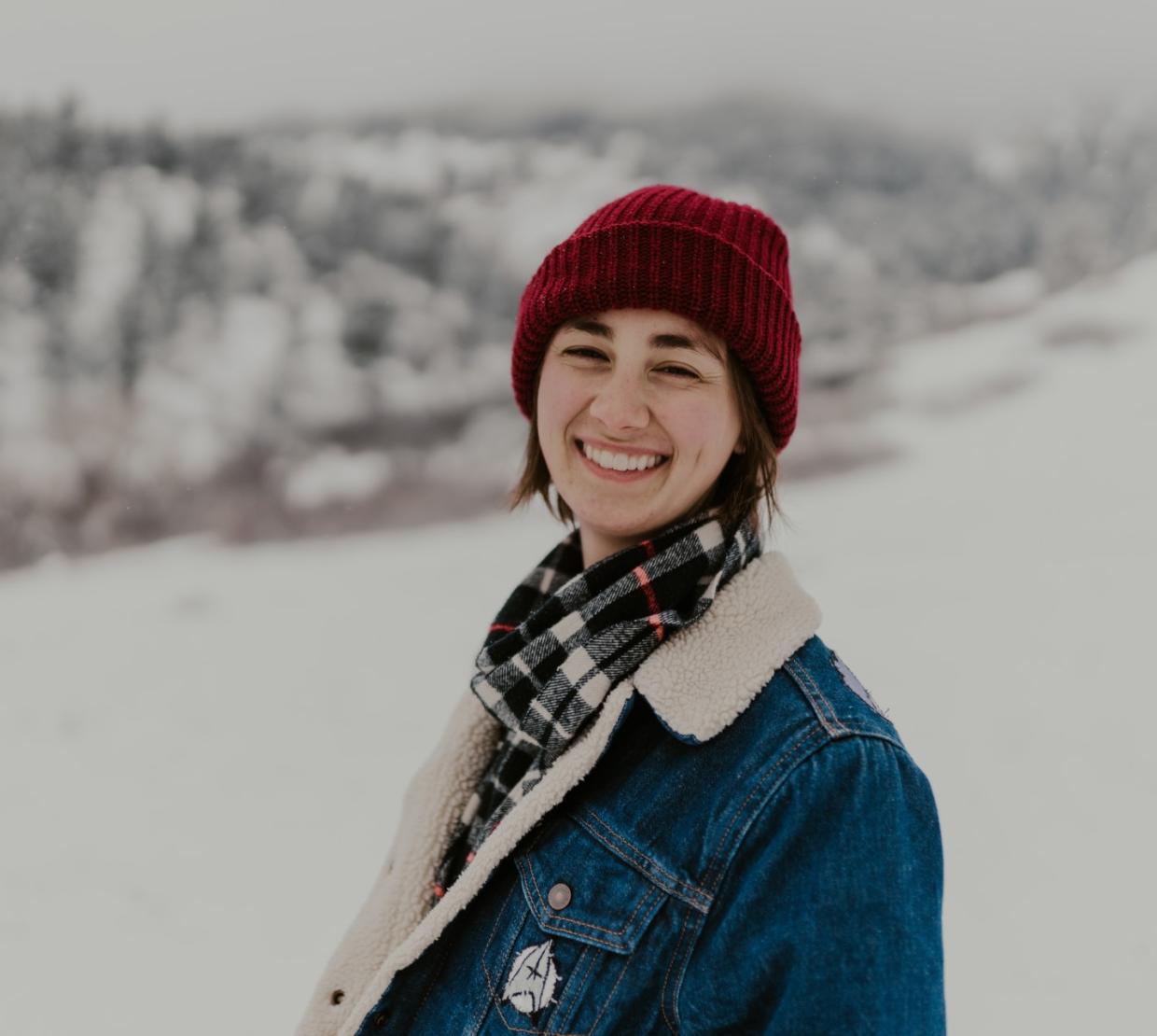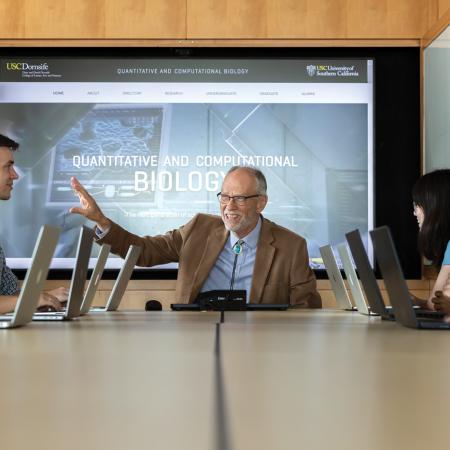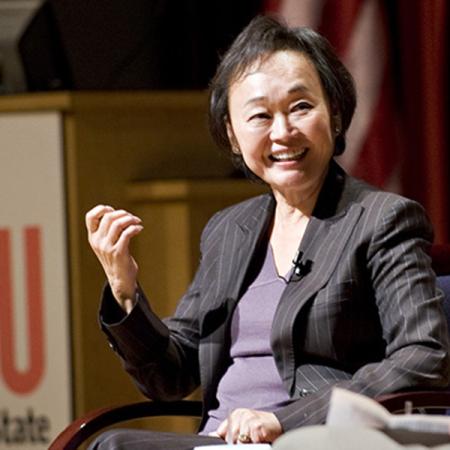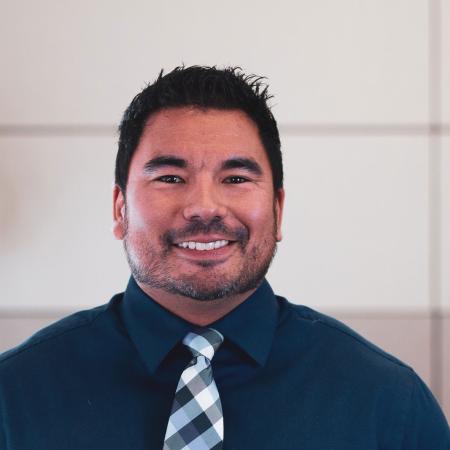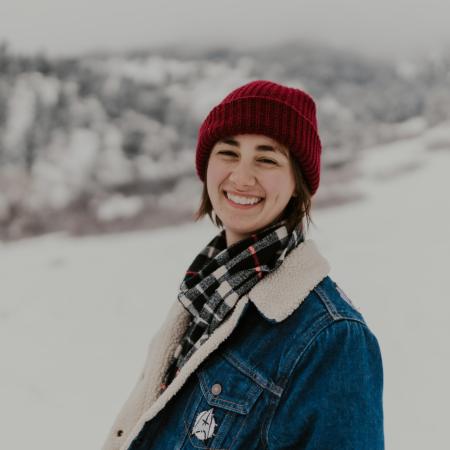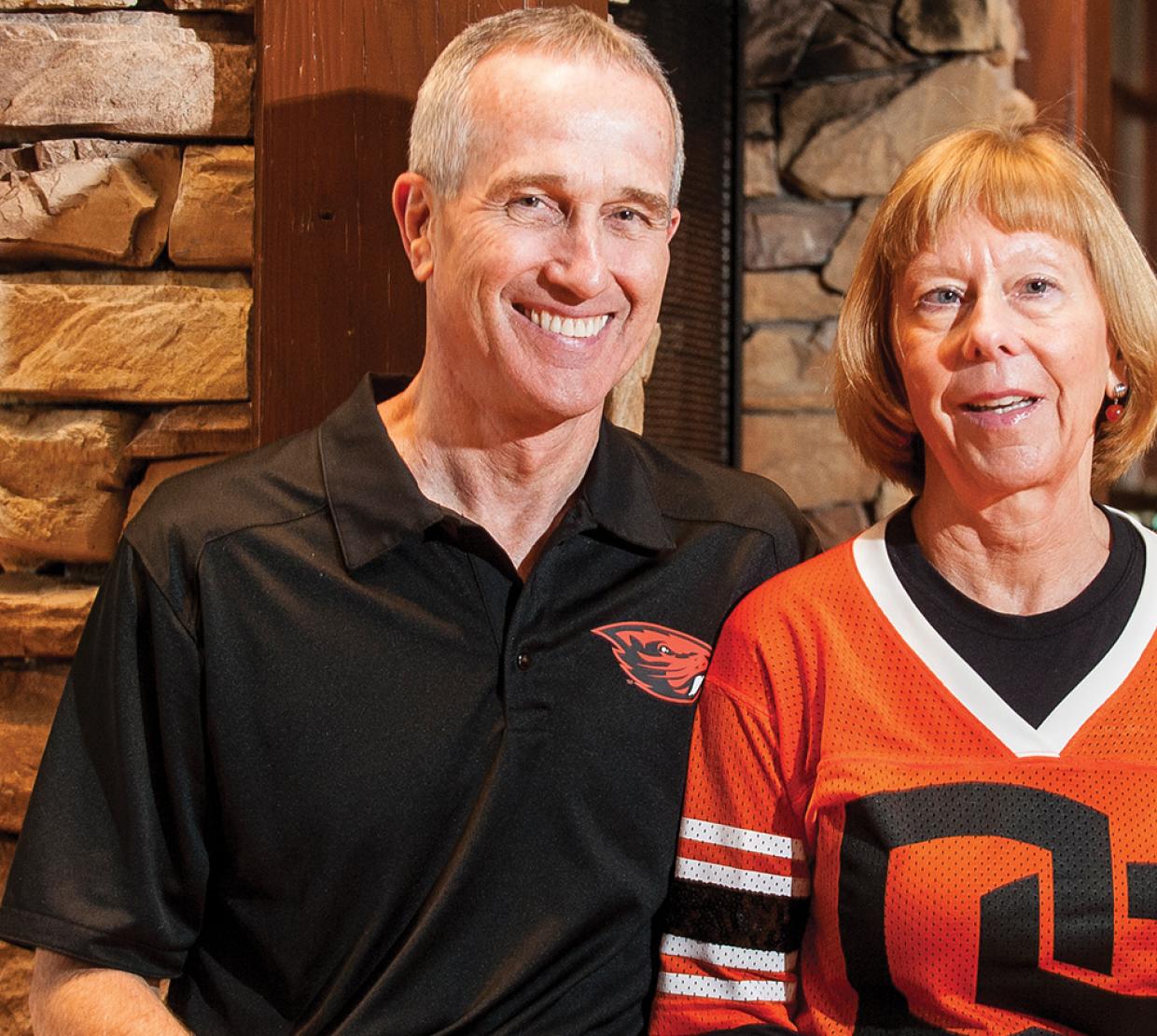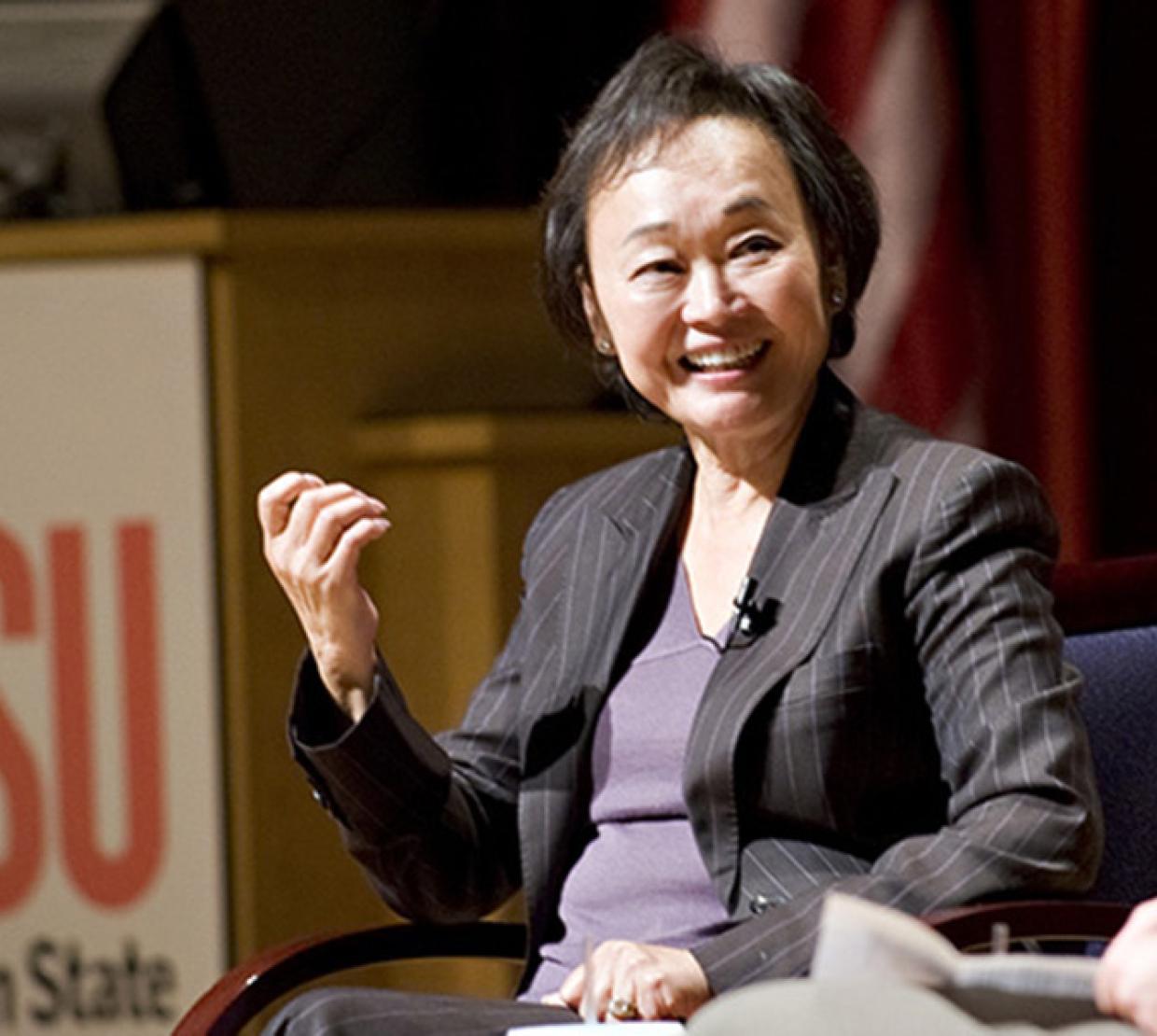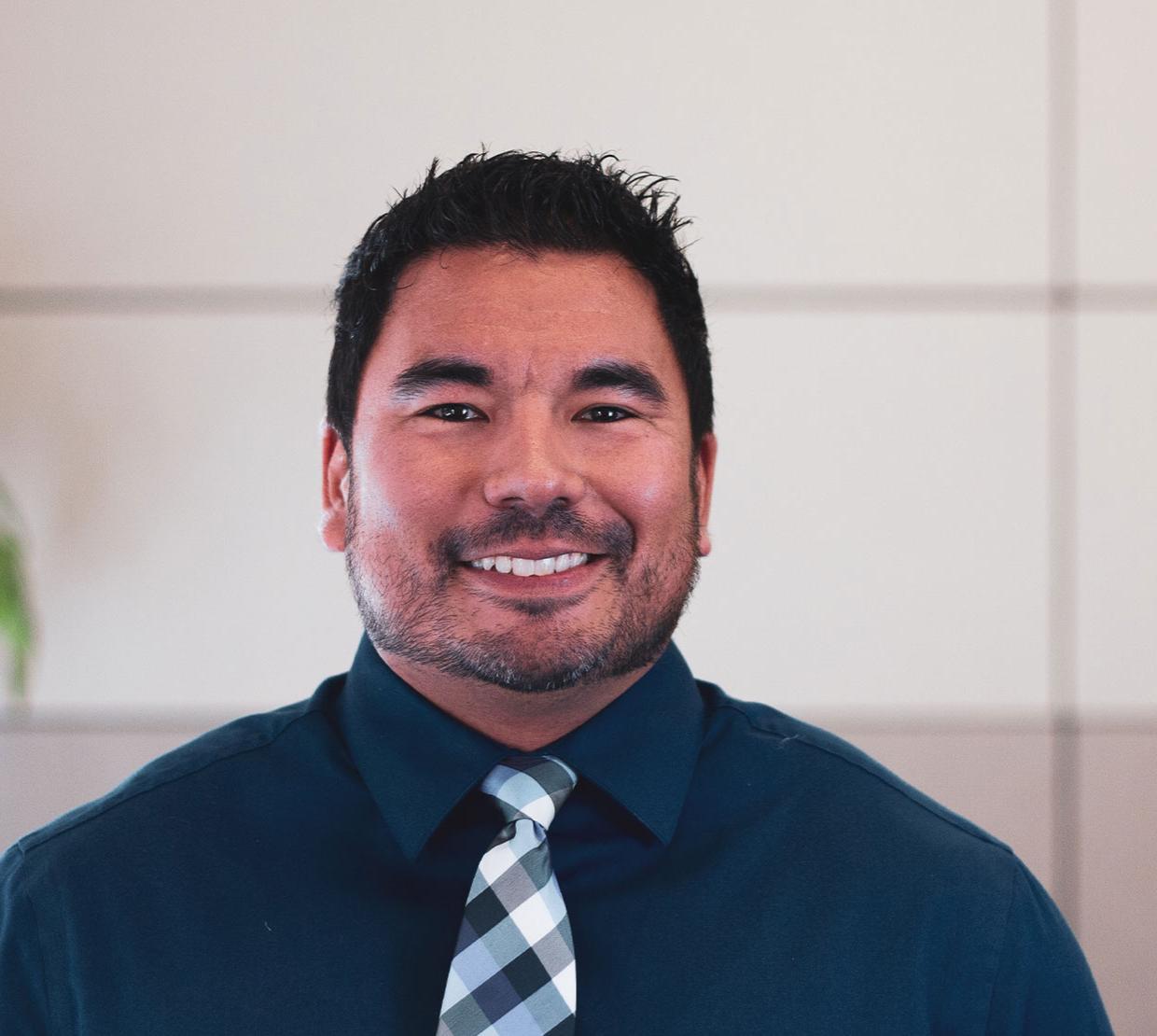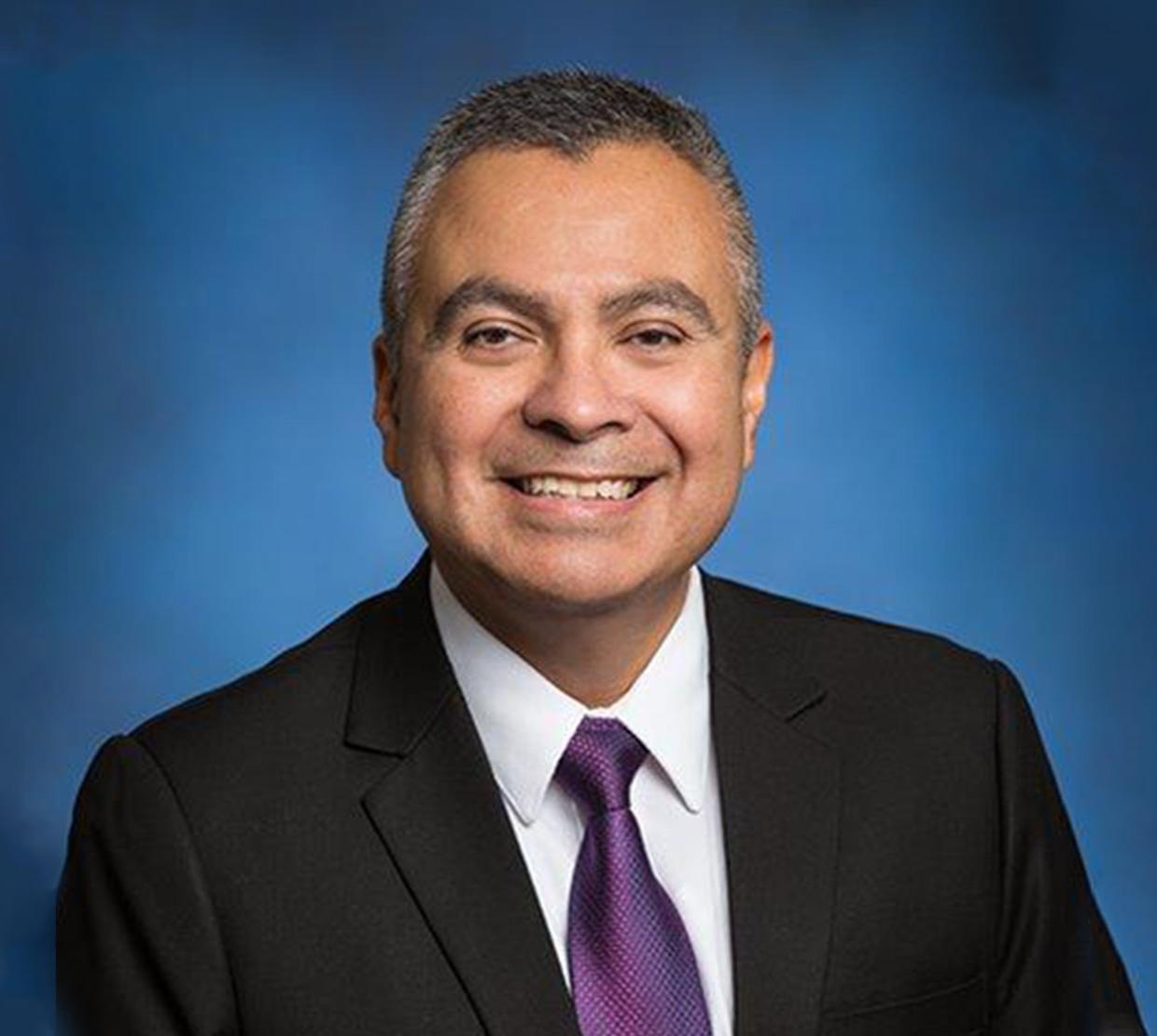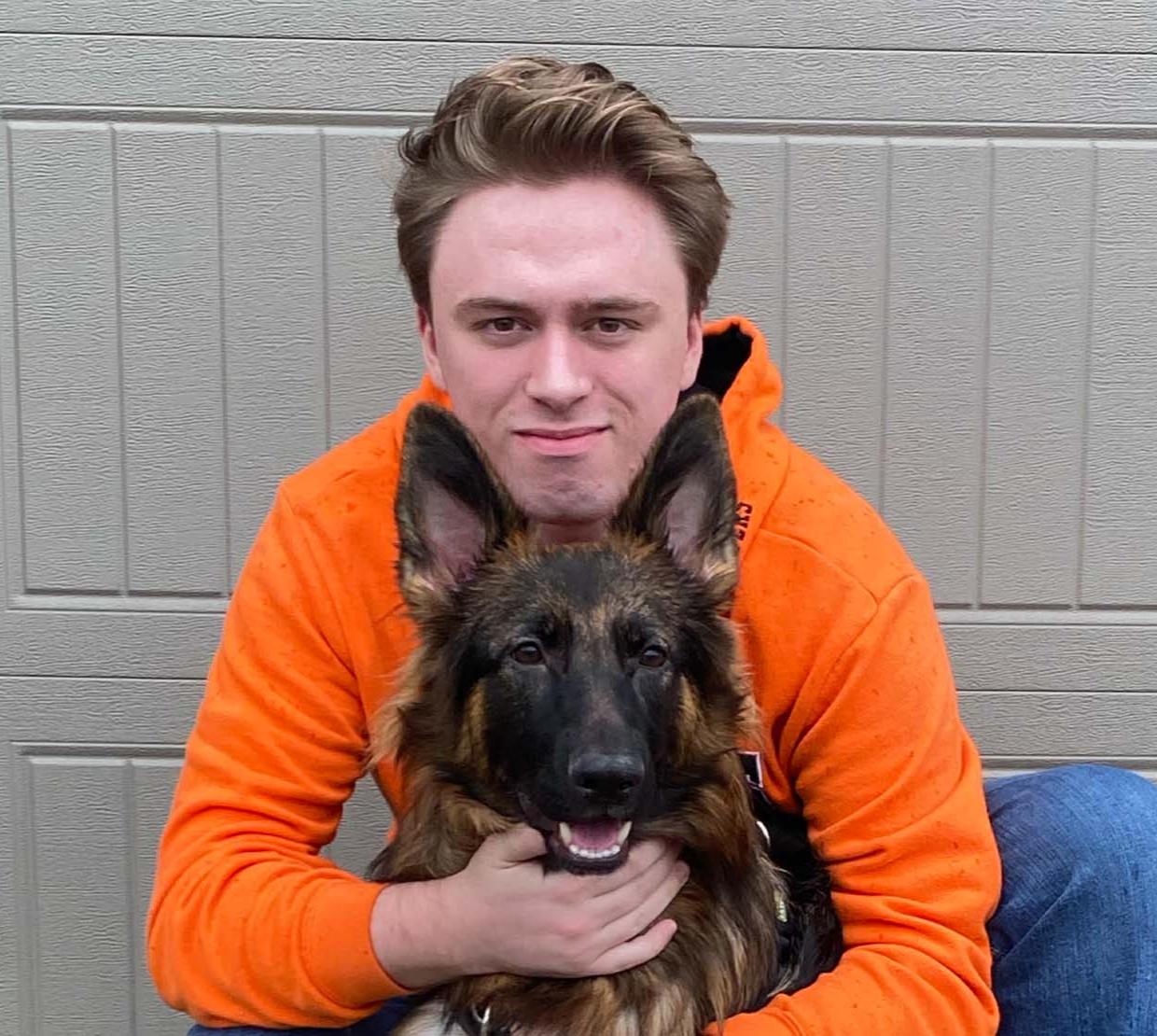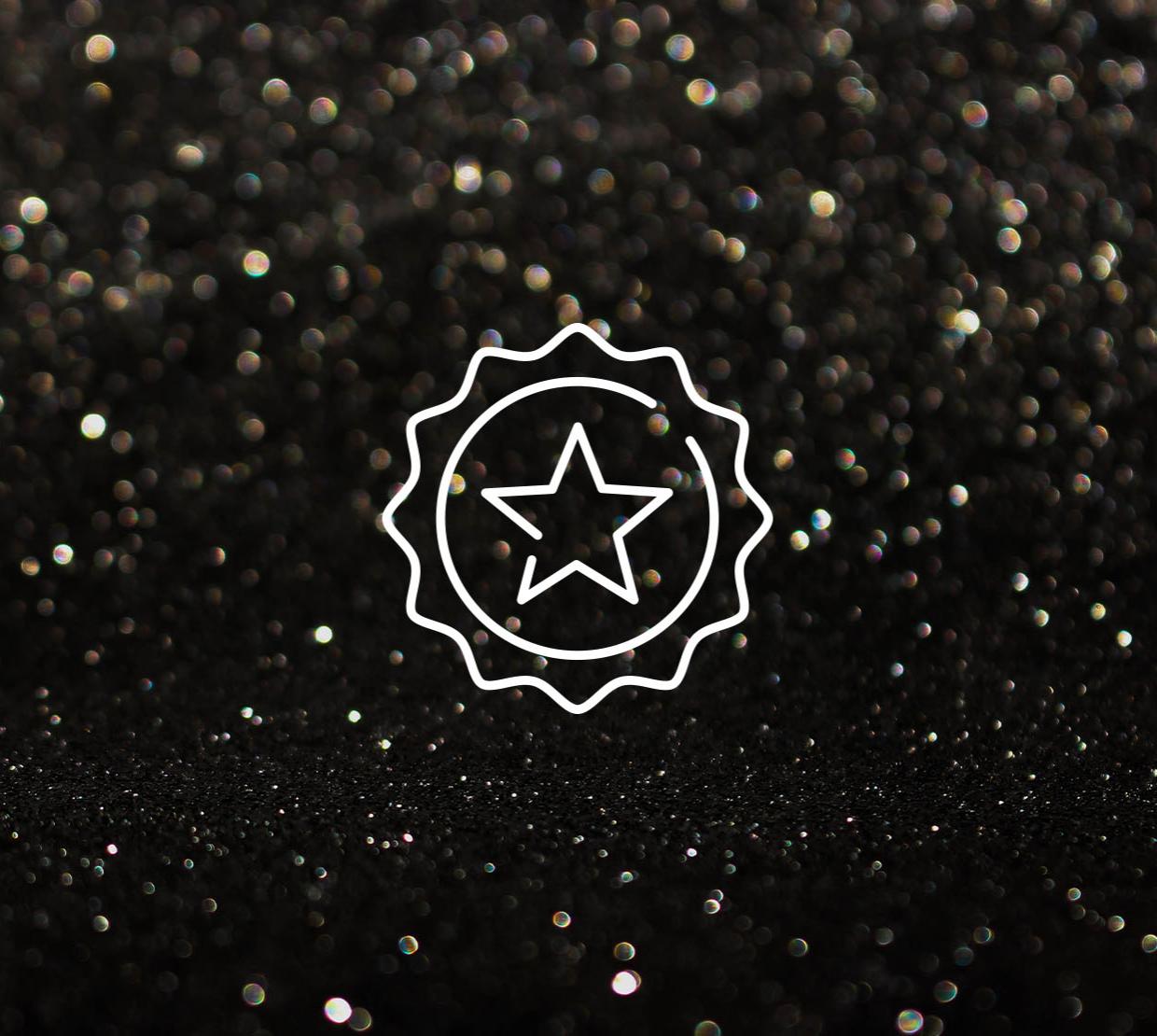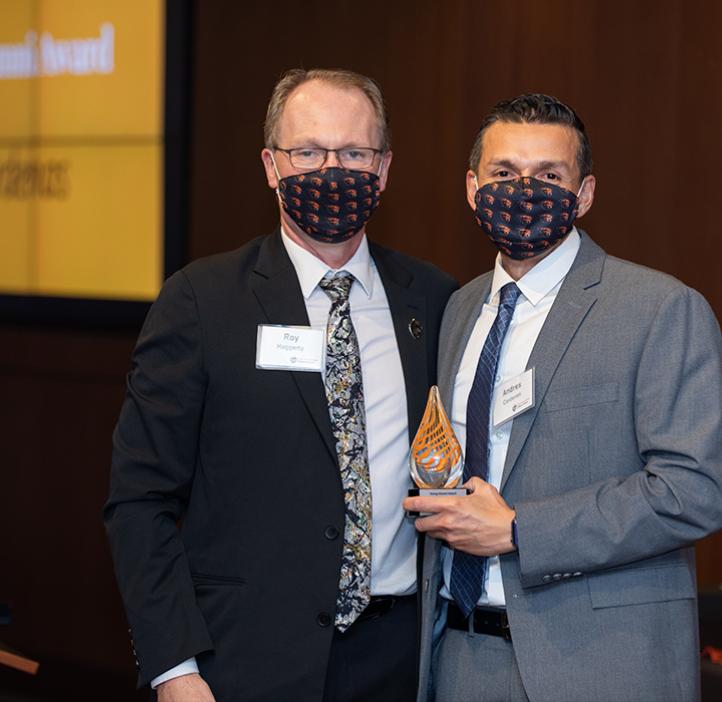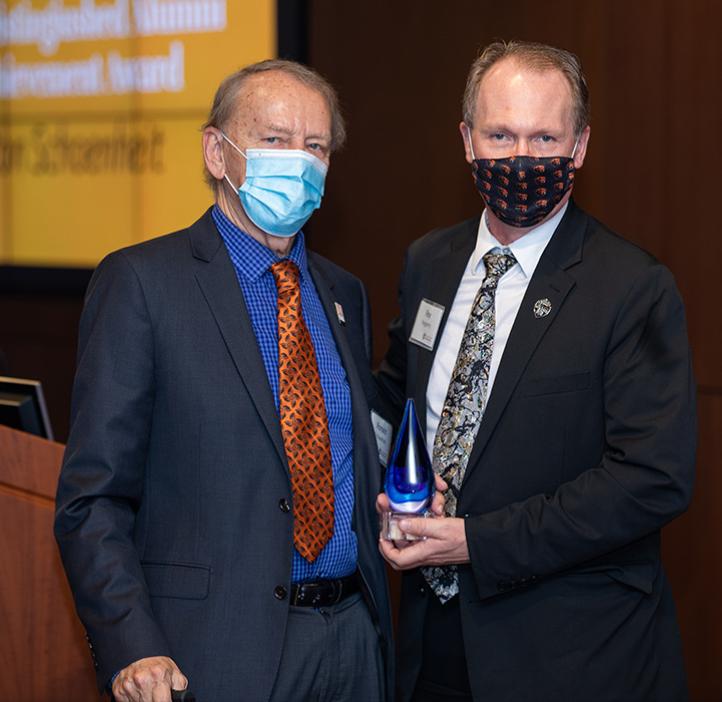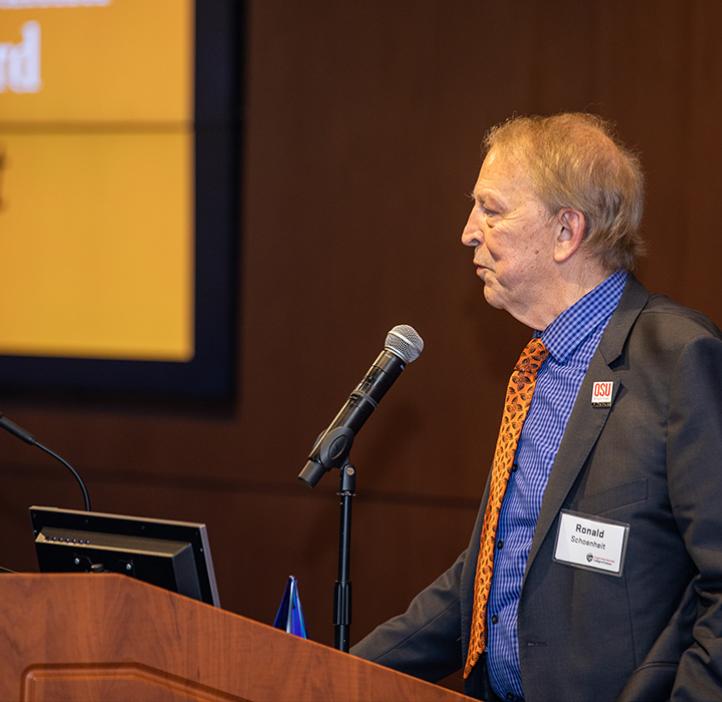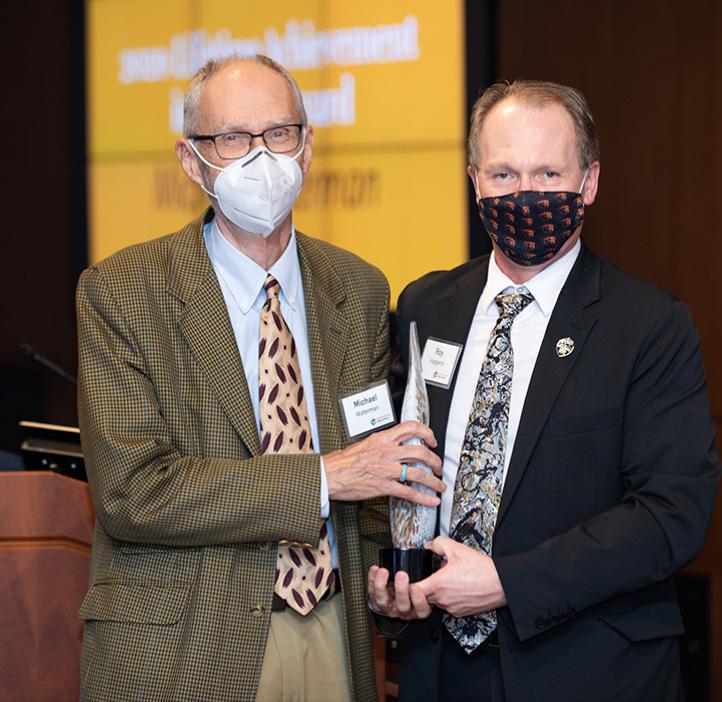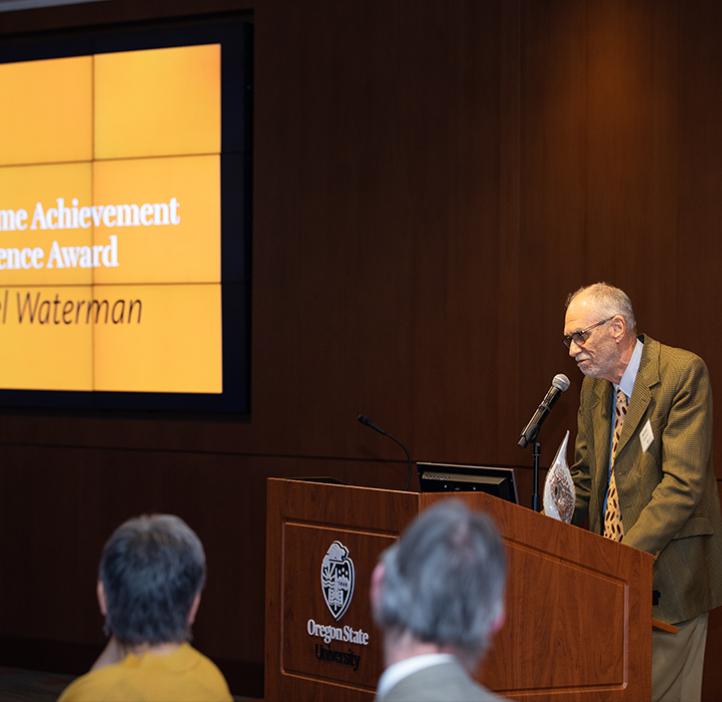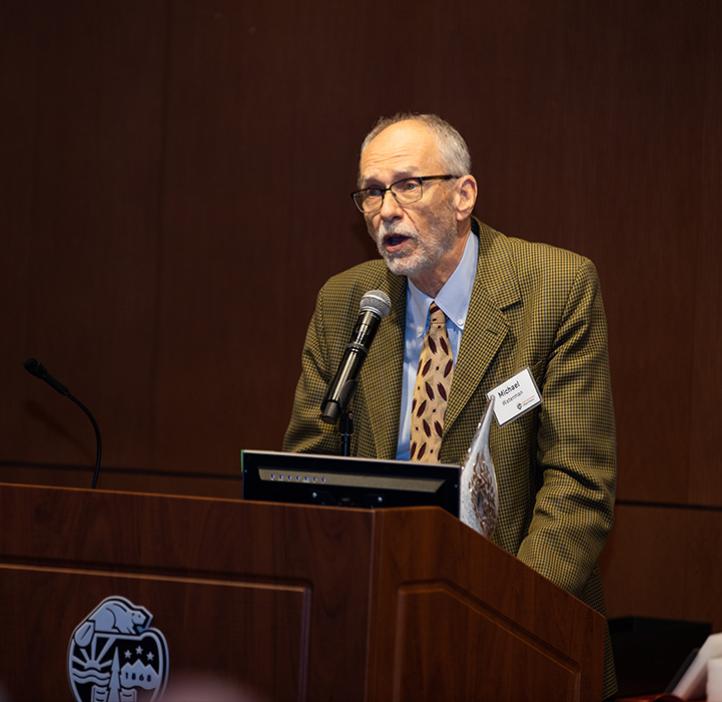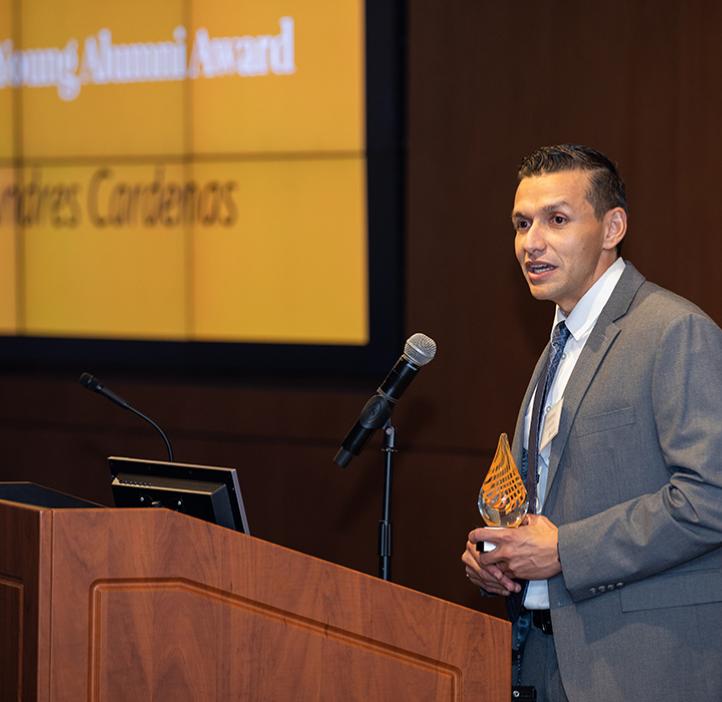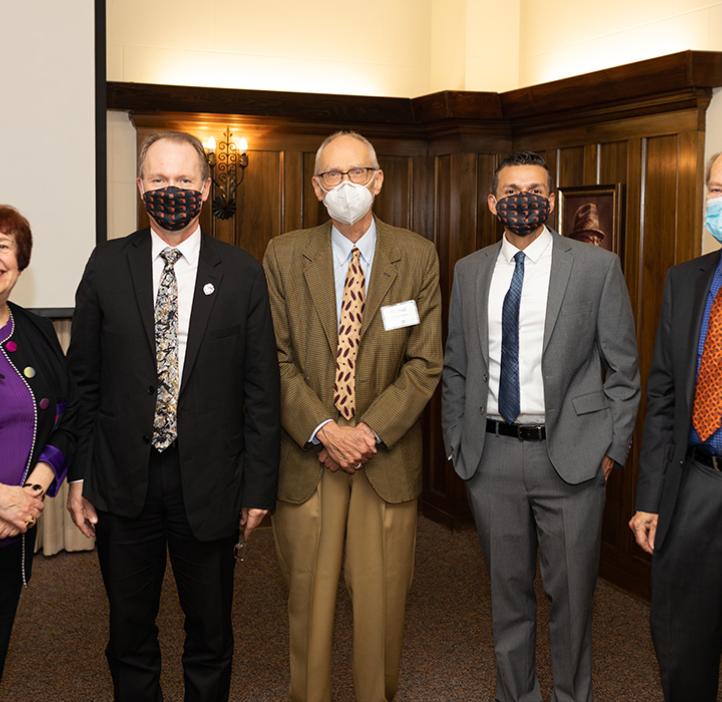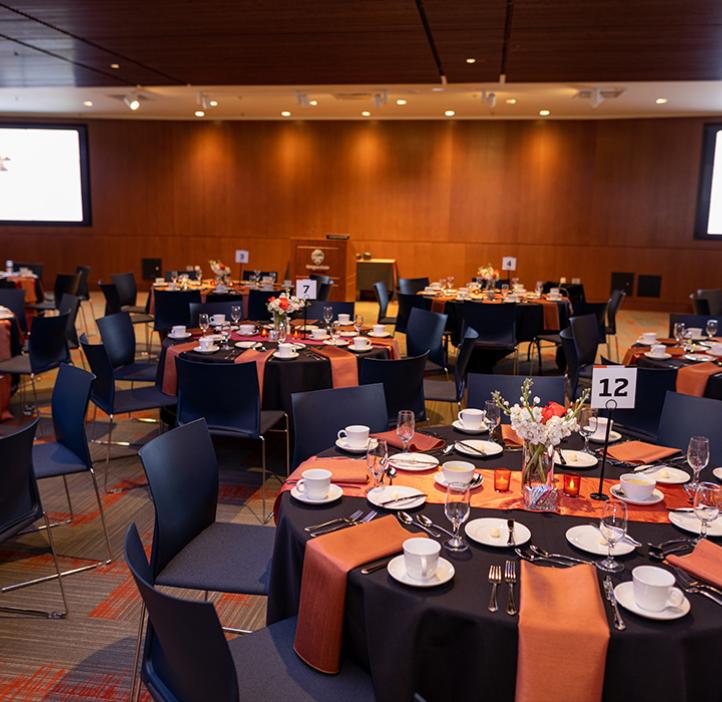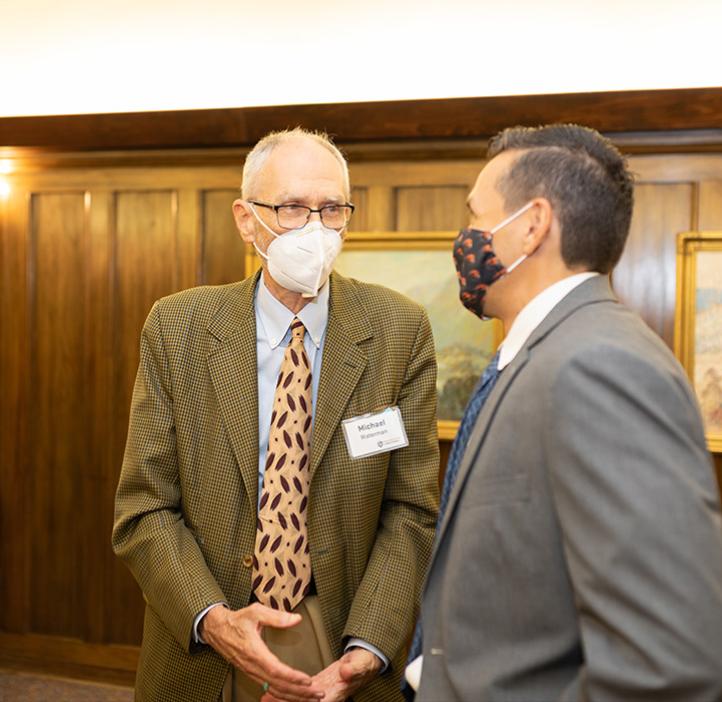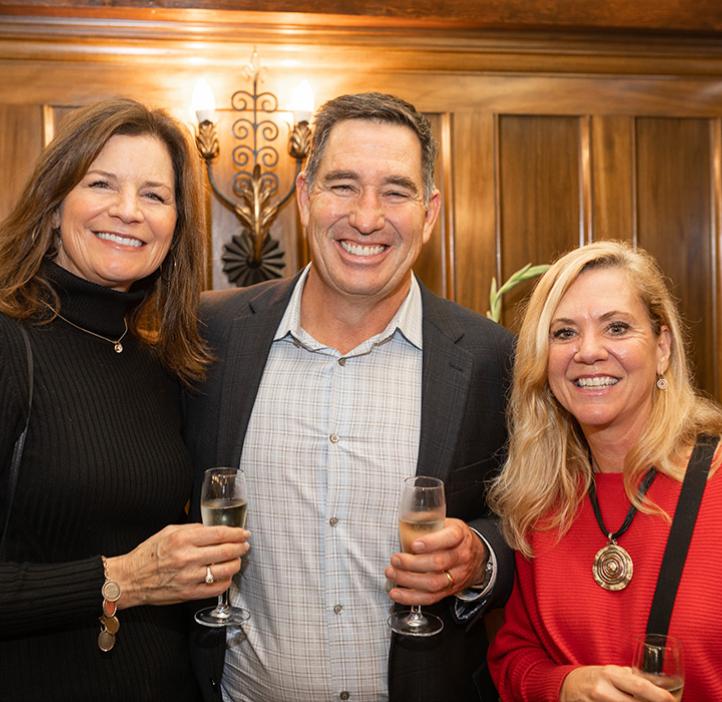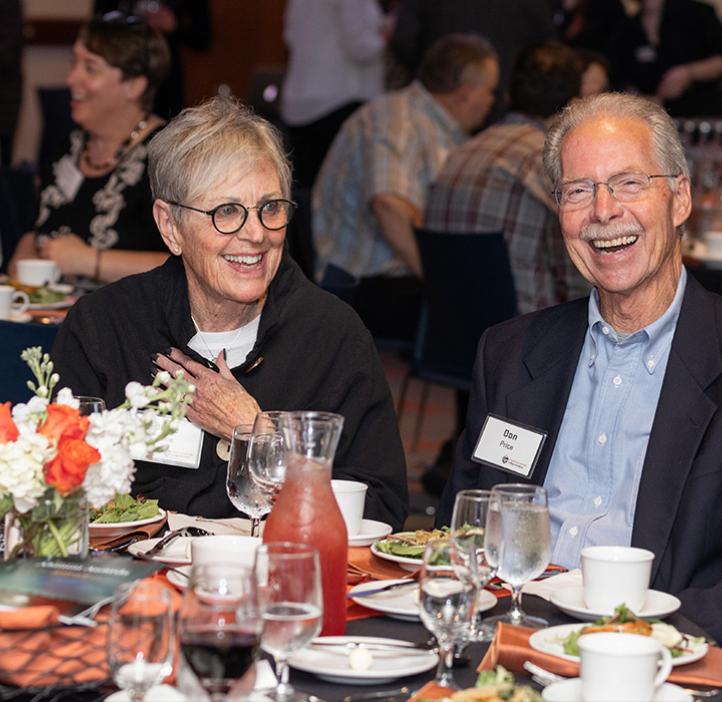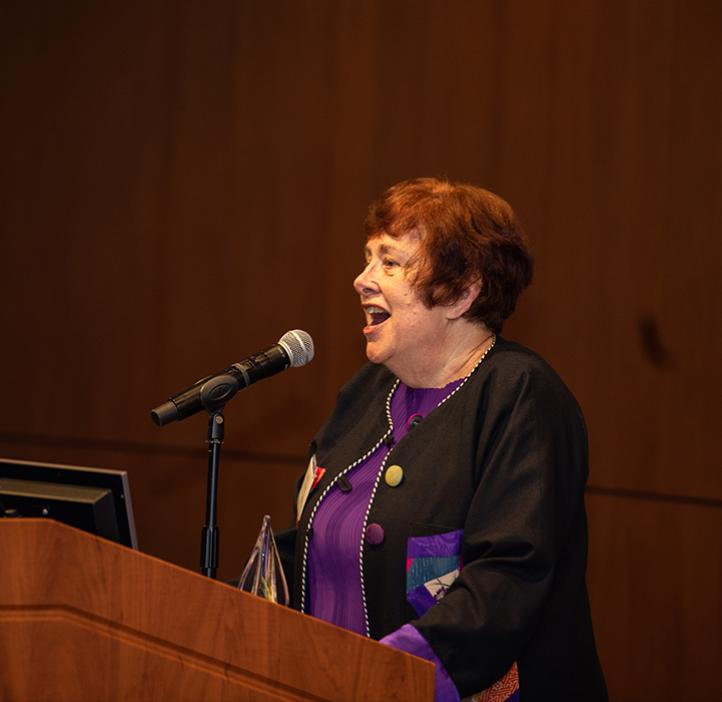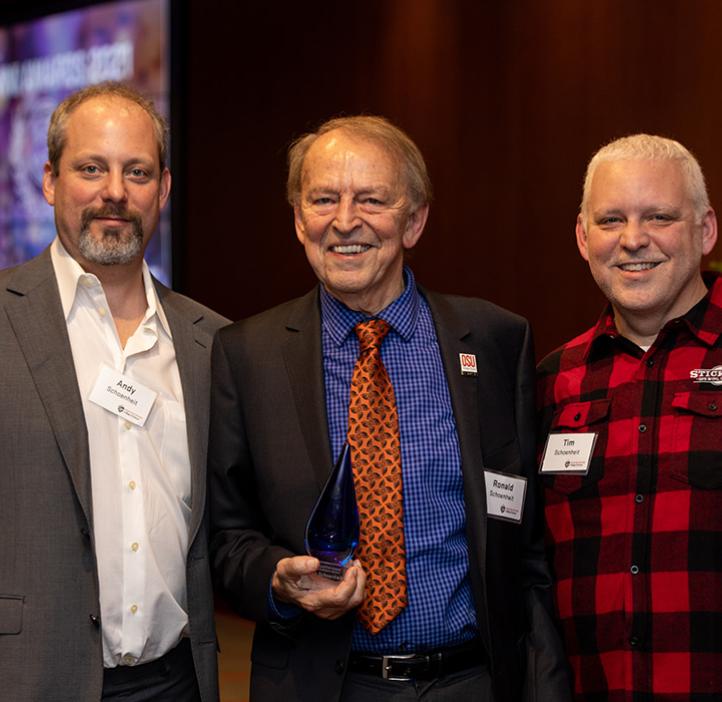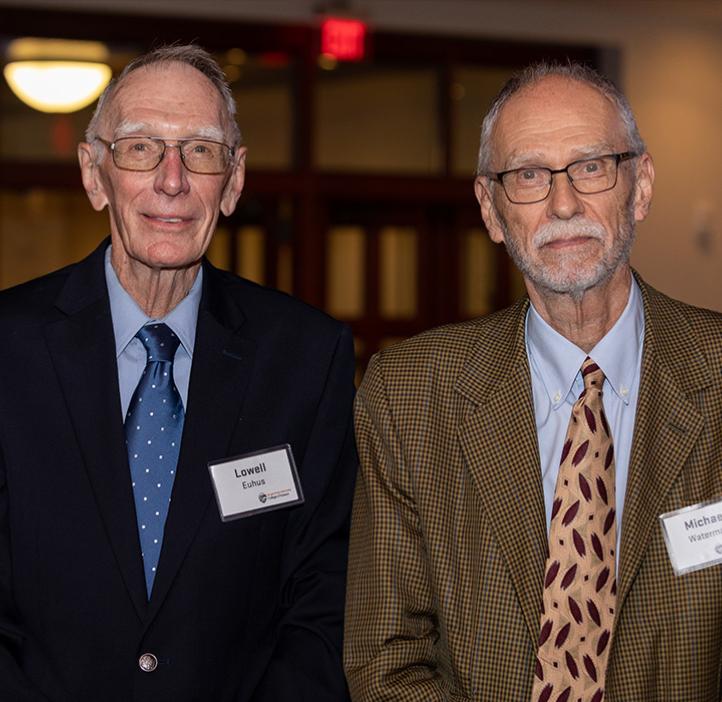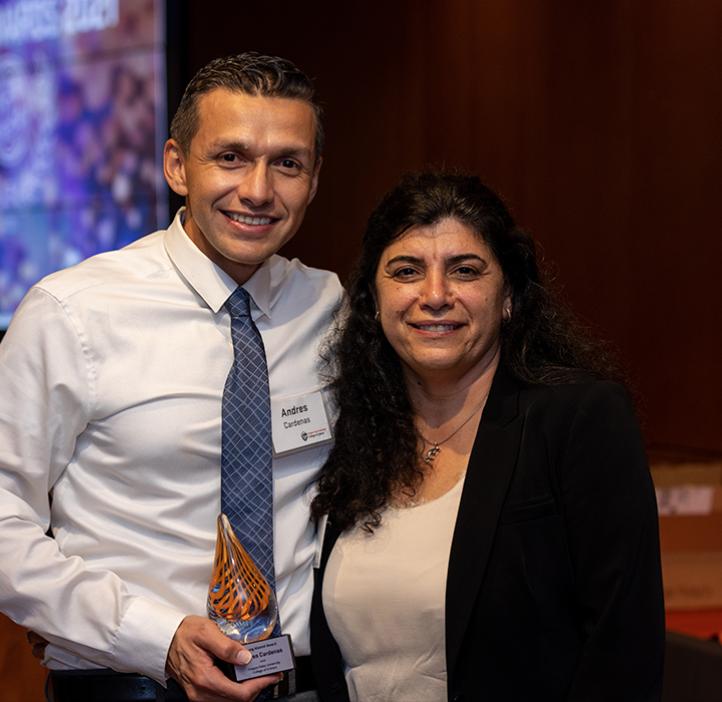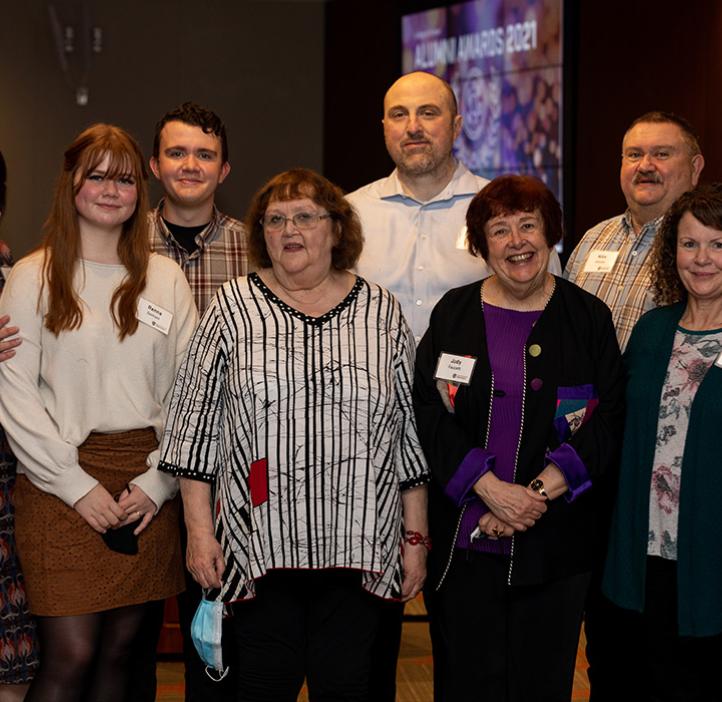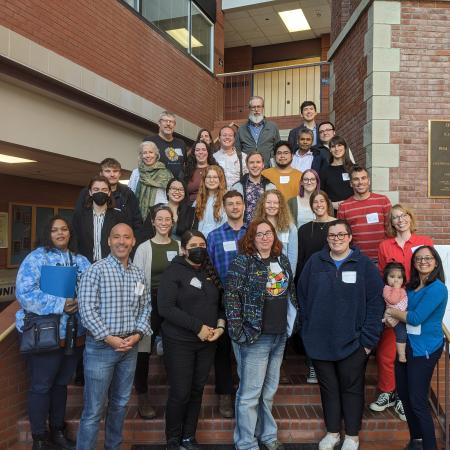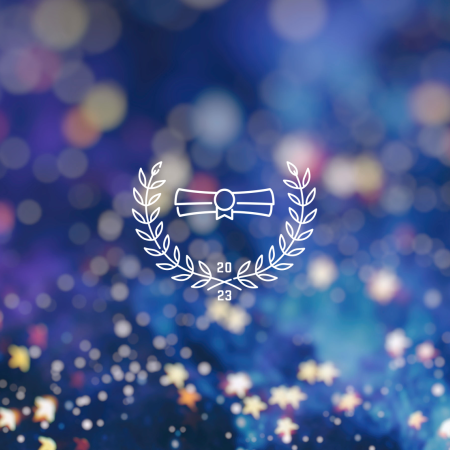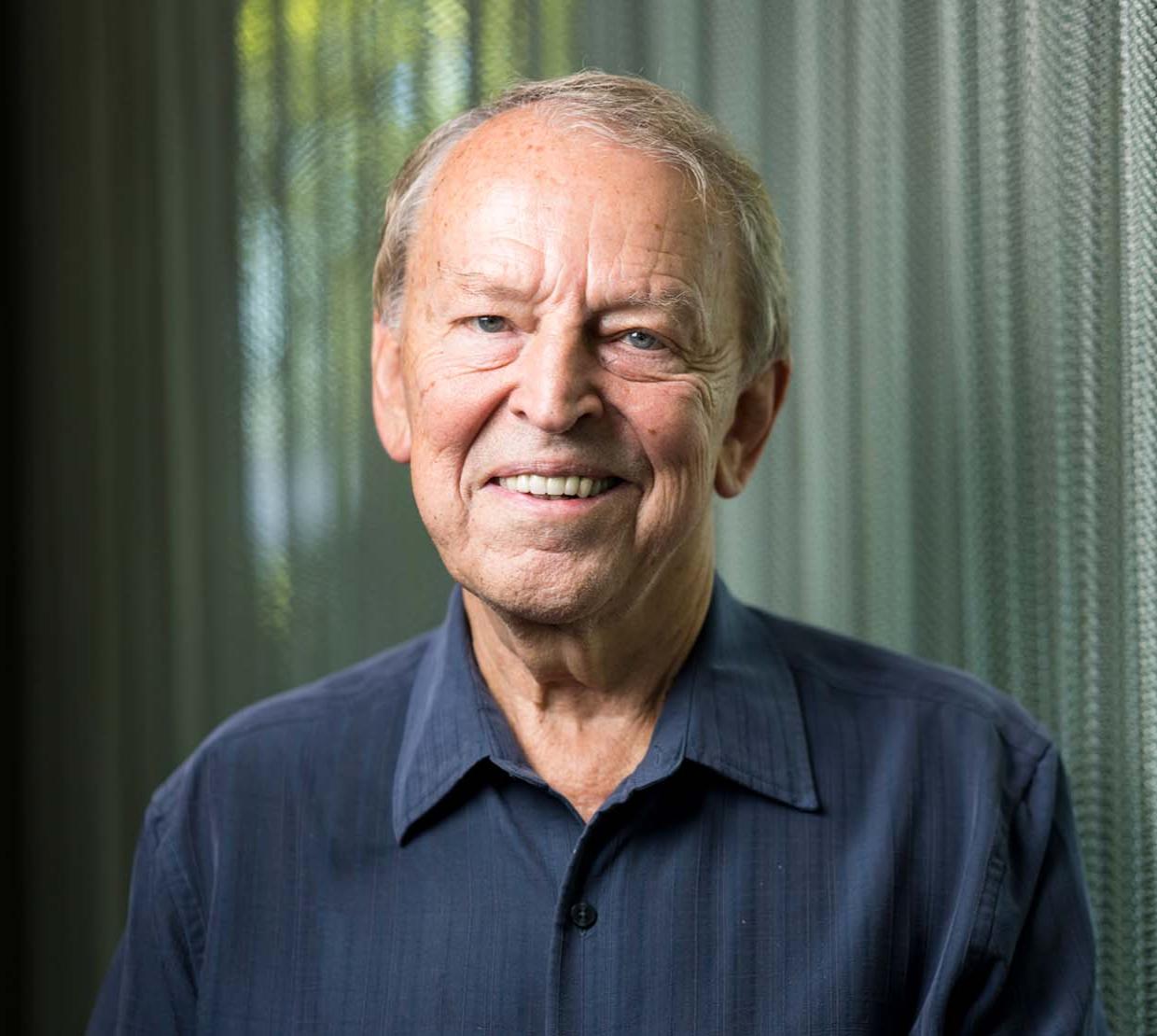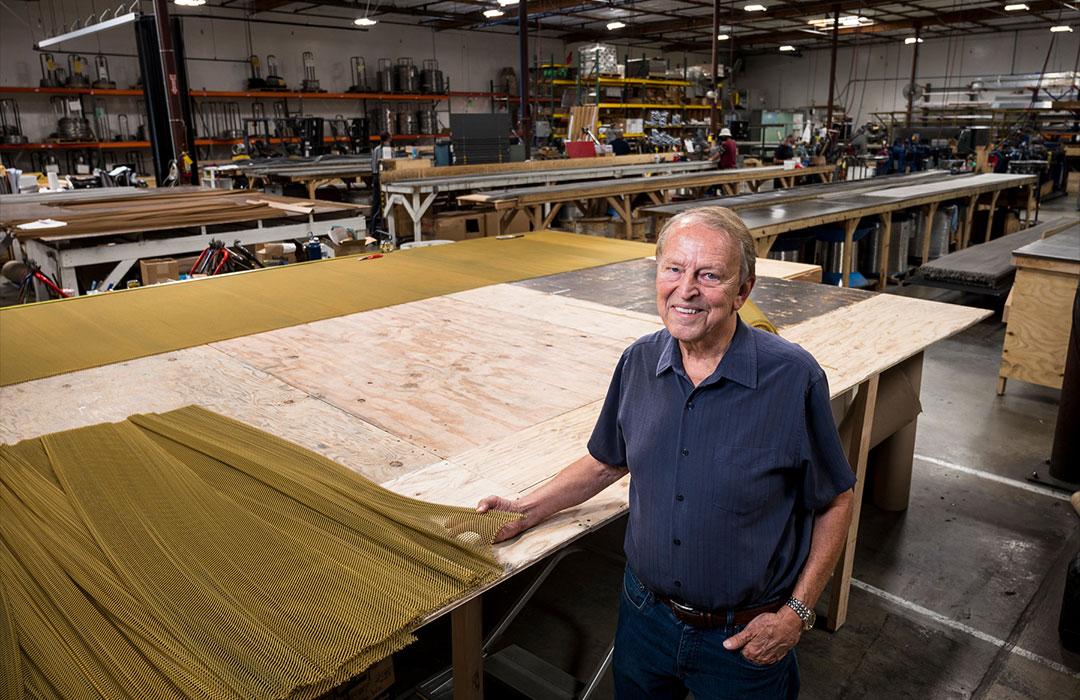Suzanne “Sue” ’70 and Bernard “Bernie” ’70 McGrath are savvy with numbers: Bernie as a high school math teacher, Sue as a trailblazing accountant and investment manager and the couple as supporters of Oregon State University.
The McGraths put their knowledge of numbers to use and leveraged a qualified charitable distribution (QCD) to make a major gift to their alma mater while realizing a significant tax benefit.
“The QCD is the Holy Grail of donating,” Sue said. “Many of our friends didn’t know about it until we described it to them. It’s an effective way to inspire people to donate because it saves them in current tax bills.”
Through a QCD, a person can transfer funds from their IRA directly to a charity, thereby fulfilling their annual required minimum distribution without additional taxation, which starts at age 72 under current law. The law also allows those moneys to be exempt from taxable income up to $100,000 or the amount of the required minimum distribution (RMD). An added perk is that QCDs don’t require a person to itemize, which means they can take a higher standard deduction and still use a QCD for their charitable giving. (Learn more about giving through a QCD.)
The McGraths, who are members of OSU’s Milton Harris Society and Terry Baker Society, directed their giving to support completing Reser Stadium — a project they see as representing their passion for OSU Athletics and the entire OSU student experience because of the facility’s multi-purpose, year-round intended use including a welcome center and wellness clinic.
“We want the whole university to be the best it can be,” Bernie said.
Finding chemistry in chemistry class
Bernie and Sue said they are inspired to give to OSU because of the “fabulous experience” they had as students. Bernie was a member of Kappa Sigma Fraternity. Sue was active as a writer for the campus newspaper, The Daily Barometer.
The two, who were both math majors, met in chemistry class during their sophomore year and became study partners since they had several classes together. Eventually they grew to be friends and started dating about a year later.
“My date for a house dance became ill, and Suzie said she’d love to go. So we went, and that was it,” said Bernie with a chuckle.
“Friends first, then romance,” Sue added matter-of-factly.
A trailblazer
After graduation, both Sue and Bernie became high school math teachers. Sue, while teaching at Newberg High School, felt a calling to do something new. So she pursued a career as a certified public accountant, making her one of only a few women CPAs in Oregon in the 1970s. Sue viewed her position as a woman in a male-dominated field not as a hindrance, but as an asset.
“It was a huge advantage. By just being there, I was simply noticed as different than the normal CPA. They thought, ‘What, a woman CPA?!’” said Sue, recalling the early days of her career. “When I look back, I think there were only about five women CPAs in Portland. Now there are more women CPAs than men.”
Sue worked for a national firm for several years before starting her own accounting firm. Then, in the 1980s she sold her accounting practice and pivoted her career to become an investment manager, again making her one of the few women in that industry at the time in Oregon. In 1999, Sue and her daughter, Marina, co-founded an investment advisory firm, Vision Capital Management, Inc. Sue is currently chairwoman of Vision Capital, which has almost $1 billion under management and a team of 14 professionals.
Giving time and treasure
In addition to supporting OSU with their retirement accounts, the McGraths have made several current-use gifts to support numerous initiatives at the university over the years. The couple, with the entire McGrath family, were instrumental in funding Goss Stadium and renovations. They also funded several Valley Football Center and stadium projects and have given significant support to overall OSU Athletics, OSU Baseball and the College of Science, including establishing an endowed award through Achievement Rewards for College Scientists for science graduate students.
Sue also has shared her financial proficiencies through her volunteerism with the OSU Foundation. She served as OSU Foundation Trustee from 1997 to 2013, lending her expertise to help the Foundation’s executive, audit and investment committees. Sue was a former co-president of ARCS Foundation of Oregon’s Board, which issues grants to support young scientists, and is a former member of the Beaver Political Action Committee.
Likewise, Bernie has held numerous volunteer roles for Oregon State including serving as president of the Our Beaver Nation Advisory Board, president of the Athletics Development Advisory Board, a member of the OSU scholarship review committee and a Board member of the former the OSU Council of Regents.
To commemorate their family’s generosity, OSU Athletics named a press box at Coleman Field in the McGraths’ honor. The couple also received the Martin Chaves Lifetime Achievement Award from OSU Athletics in 2015. Additionally, Sue was awarded the Distinguished Alumni Award in 2017 from the College of Science and OSU’s Lifetime Trustee Award in 2019.
The McGraths, who attend numerous cultural and athletic events in Portland in addition to frequenting OSU Athletics events whenever they can, say they want to help others give to Oregon State and other nonprofits whether it is through their time or in a tax-advantaged way as they did.
“Find something at Oregon State that you really love, and the benefits you’ll get back from having given will be there for the rest of your life,” Bernie said. “If you donate to something, it’s going to be there to see and you’ll have that feeling that, even after you’re gone, you’ll still have an impact at Oregon State."
To learn more about how you might realize tax benefits and unite your legacy with OSU, contact Jeff Comfort, vice president of principal gifts and gift planning at Oregon State University Foundation, at Jeff.Comfort@osufoundation.org or 541-248‐0781, or visit OSU’s Gift Planning website.
